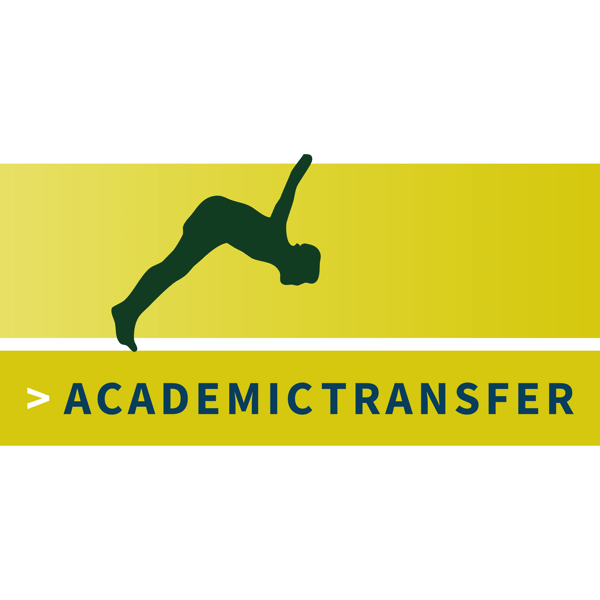
PhD Talk for AcademicTransfer: How to make better conference presentations
This post is part of the series PhD Talk for AcademicTransfer: posts written for the Dutch academic career network AcademicTransfer, your go-to resource for all research positions in the Netherlands.
These posts are sponsored by AcademicTransfer, and tailored to those of you interested in pursuing a research position in the Netherlands.
If these posts raise your interest in working as a researcher in the Netherlands, even better – and feel free to fire away any questions you might have on this topic!
Your abstract or paper is accepted, your flight is booked – you are all set to attend a conference. All set, except for one thing: you still have a presentation to make.
Perhaps you think it is easy to turn your paper into a presentation. Just assign a few slides for every section of the paper, et voila. The problem with these presentations is that sometimes (or: often) they may contain too much information for the short time slot you get at the conference, and you’ll be rushing through the contents, and you also risk having a boring presentation.
So, let’s take a step back together here. Do you remember how you feel at the end of an entire day of presentations at a conference? Let’s design our presentation keeping the fatigue from information overload in mind.
How do we do that? Try to summarize the main message of your presentation in one short sentence – the take-home message of your presentation. I often literally show this slide at the beginning and end of my presentation (and perhaps even midway, as a bit of repetition does not hurt). This piece of advice is valid for in-person as well as virtual conferences.
In short: do not try to tell everything from your paper in your presentation. Tell the most important thing, and explain it very well. People are more likely to remember.
Secondly, pay attention to your visuals. In general, in presentations, figures work better than tables, as tables can be more difficult to read.
Then, make sure your figures are clear for your presentation. You may need to redraw figures from your paper. Make sure the axes are legible when they are projected. Make sure your datapoints can be seen and series can be distinguished.
And – take the time to talk your audience through your figure. Explain what you have on the x- and y-axes, what your datapoints represent, and what we learn from this. If you do not have enough time, discuss one figure well, rather than three figures in a hurried way.
Finally, let’s talk about the text on your slides. Nobody goes to listen to your presentation to try and read paragraphs of text while listening to you. Keep your text to a minimum.
And, when we tie everything together, make sure you tell a story. Your presentation will be the story of your take-home message, highlighted by your figures and visuals, and supported by a limited amount of text.
If you can add an anecdote to your presentation, a fun fact, or something else that can capture the attention of your audience, you will stand out.
All in all: giving better conference presentations is simple, but perhaps not easy. Practice, practice with peers if you are unsure, and gage the effect on your audience to see what works well and when people get distracted. Take notes after your presentation with ideas on what to do better next time. Improve next time – and over time you will give presentations that everyone will remember.
What do you do to improve your conference presentations?

